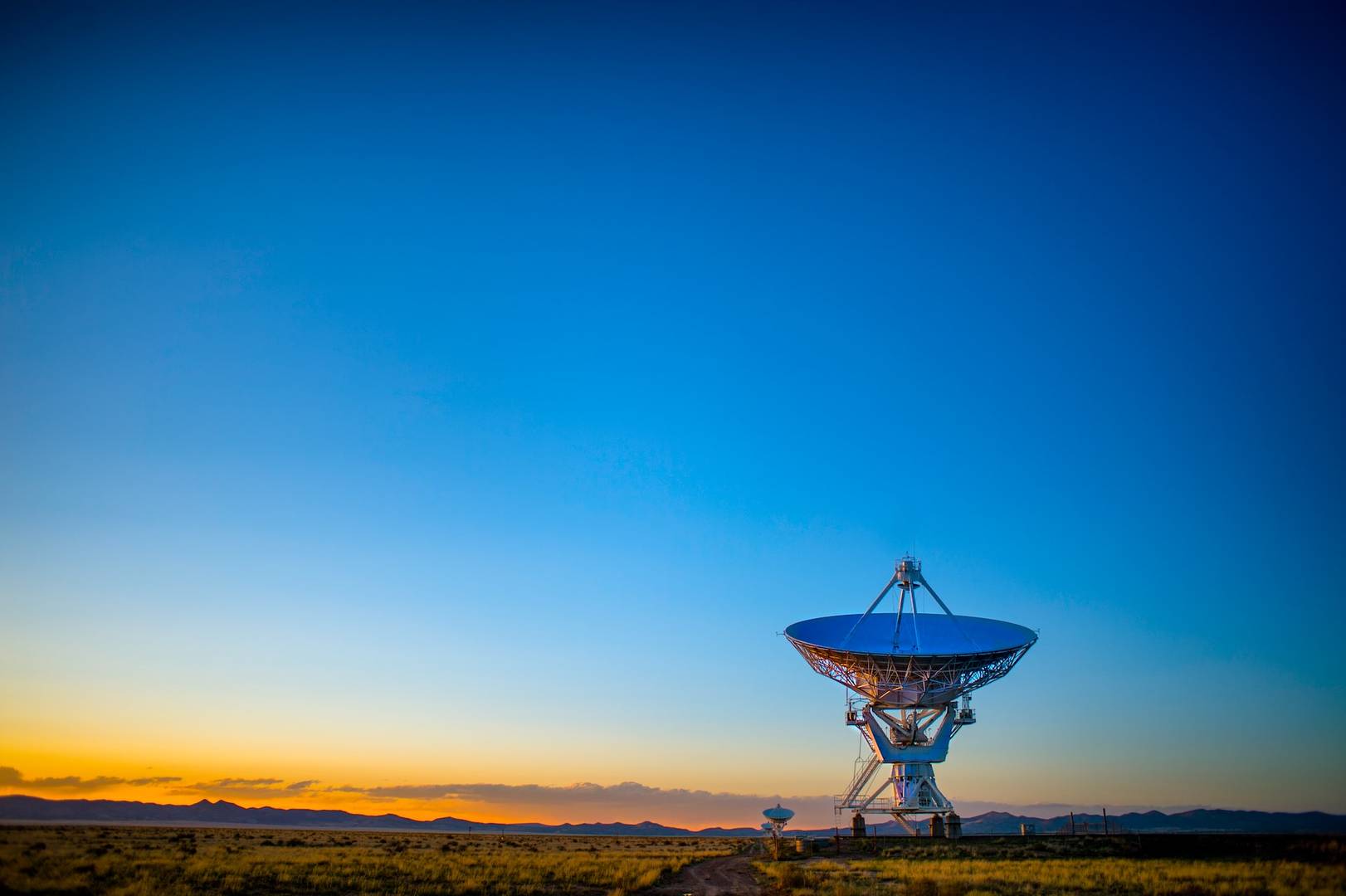Remote sensing satellite images are highly specialized and provide more data than regular photos. They can provide a lot of valuable analysis in various fields. Find out why it is worth using this technology.
What is remote sensing?
Remote sensing is a method of acquiring data on the physical characteristics of a location by measuring emitted and reflected radiation. The instruments used for the research (usually an aircraft or a satellite) are equipped with specialized cameras that capture detailed images.
Remote sensing instruments most often direct their attention to the components of light, i.e., the ranges of the radiation corresponding to colors: blue (450-490 nm), green (520-570 nm), and red (630-740 nm). Such a set makes it possible to create images that correspond to the specific perception of the human eye. Often, near-infrared radiation (780-3000 nm) provides information about vegetation (leaf structures) and water content of the environment.
Measurements of radiation in the far infrared (thermal, 10000-12000 nm) make it possible to determine the surface temperature of land and oceans. Visible and infrared light allows observations of the Earth’s surface only under cloudless skies.
What is the use of satellite images in remote sensing?
Satellite images used in remote sensing help monitor and observe any location. They allow the assessment of environmental impacts, analysis of historical data, and creation of reports on current processes or disturbances. Data collected by satellites can be used to create maps of land cover, flood extent, soil moisture, cloud cover, forest stands, etc.
VHR images utilized in remote sensing allow to:
- predict and observe Natural Disasters (wildfires, hurricanes, flooding, etc.).
- monitor the effects of Critical Events and support crisis management,
- conduct and observe military operations,
- supervise the impact of construction, mining, deforestation, and regulatory infringements,
- develop agriculture and industry,
- supervise the progress of construction of large facilities,
- perform natural-environmental analysis (e.g., valorization of naturally valuable areas).
This technology is also widely used in many other fields, including archaeology, materials science and education.
What are the benefits of using satellite images for remote sensing?
Satellite VHR images have significantly better resolution and provide more data. This solution is in many ways more advantageous than using images taken from an aircraft or drone. The biggest advantages of this technology include:
- accessibility – the equipment placed on the satellite can take photos and measurements of any location;
- autonomy – satellites operate unmanned, using advanced lenses and sensors to image the planet, automatically sending data to a ground station;
- convenience – satellite equipment can collect data for up to 30 days while adjusting equipment settings accordingly so that finished images do not require processing;
- price – the cost of taking and storing satellite images is dropping every year as these solutions become increasingly available.
Looking for an operator that can offer you access to VHR images, as well as manage data storage for Earth Observation? Consult CloudFerro, one of the best cloud service providers on the market.



